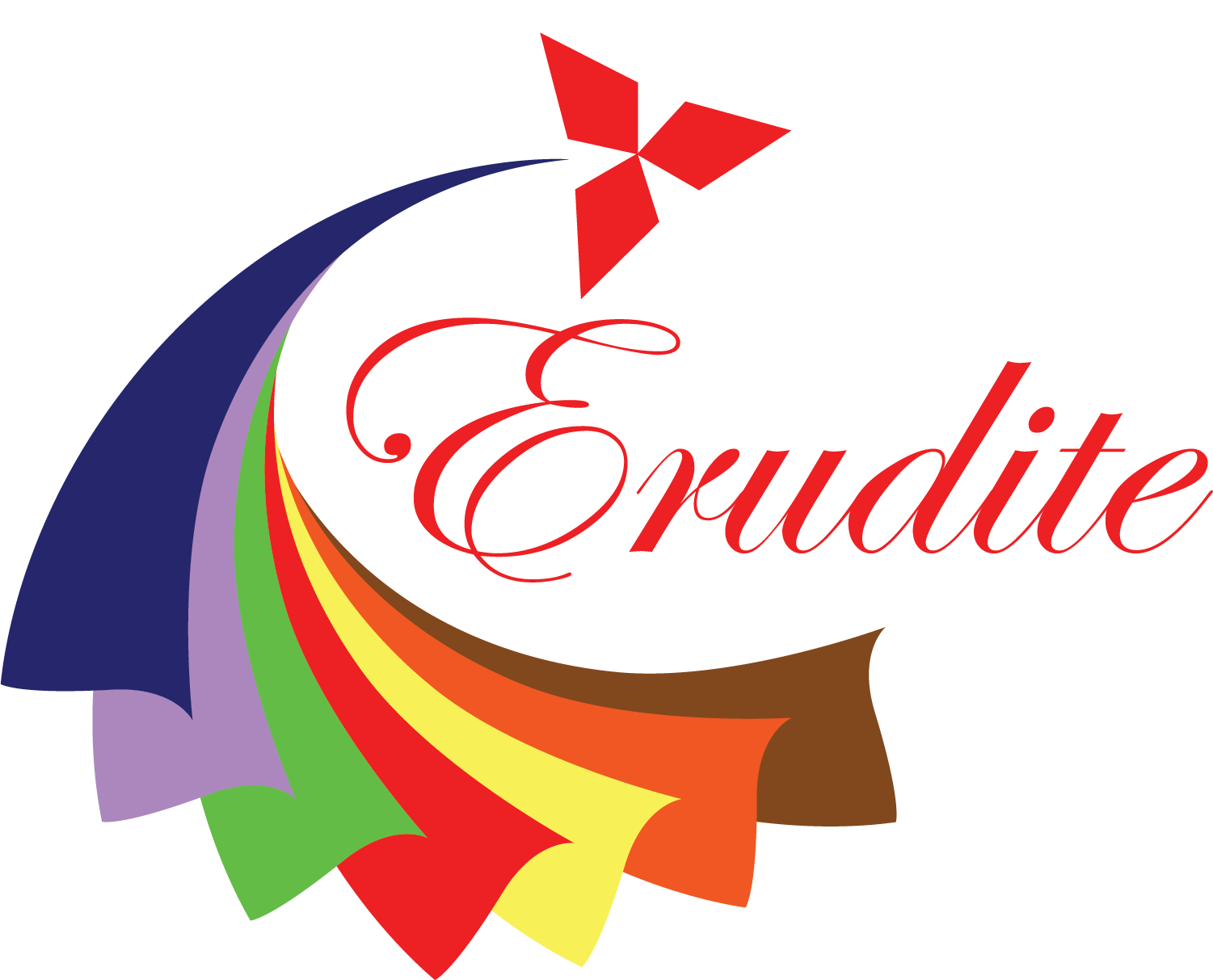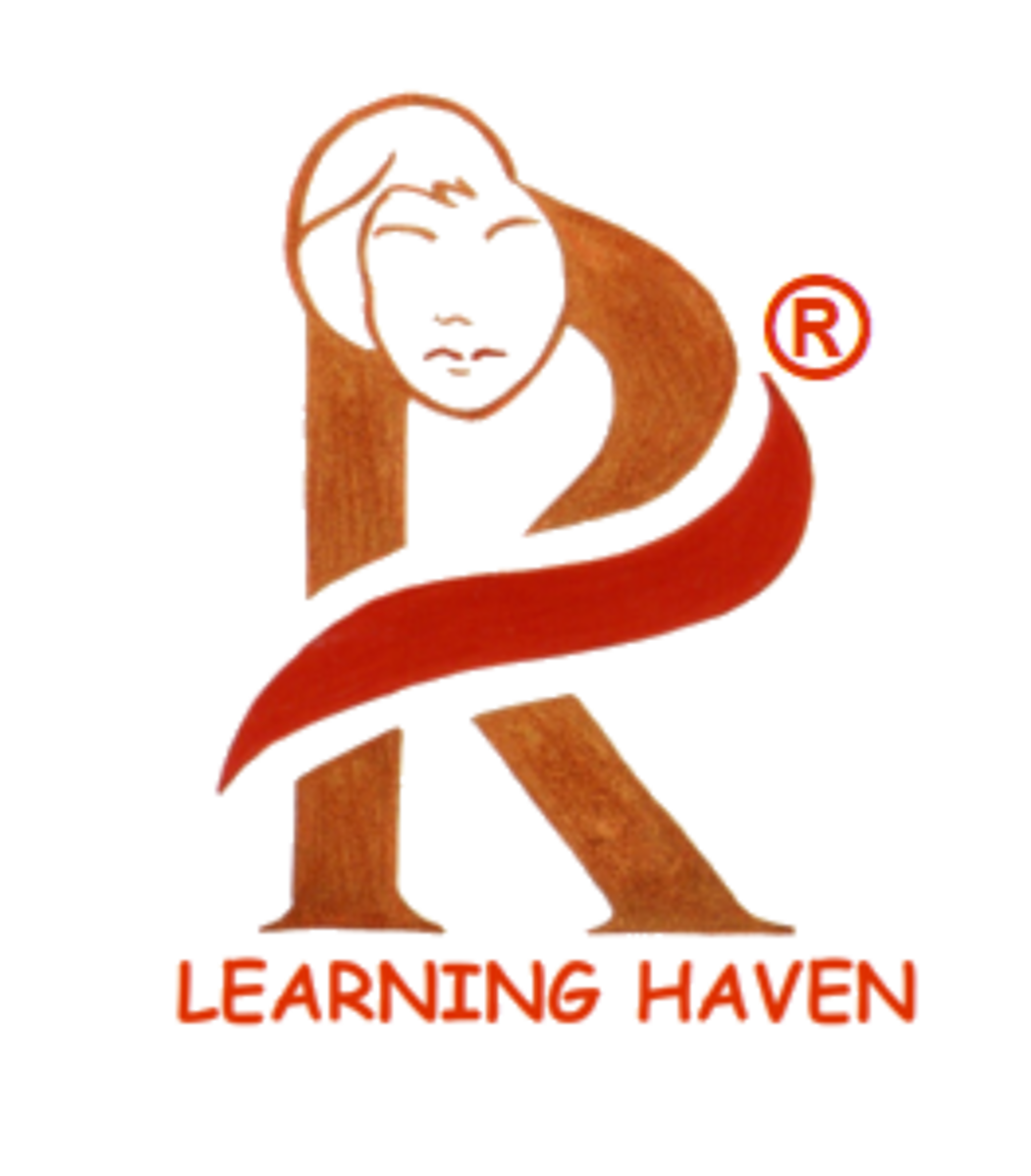Chapter 2 – Inside the CPU of a Computer
Inside the CPU of a computer:
CPU contains the below accessories inside it
-
Motherboard
-
Processor
-
RAM (Random Access Memory)
-
Hard Drive
-
Power Supply Unit
-
Video Card
-
Sound Card
-
Network Card
Motherboard
-
The motherboard is the computer's main circuit board.
-
It's a thin plate that holds the CPU, memory, connectors for the hard drive and optical drives, expansion cards to control the video and audio, and connections to your computer's ports (such as USB ports).
-
The motherboard connects directly or indirectly to every part of the computer.
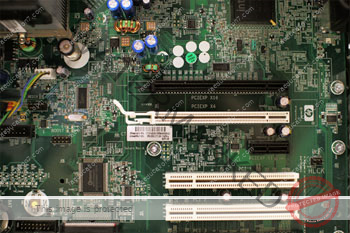
Processor
-
The central processing unit (CPU), also called a processor, is located inside the computer case on the motherboard.
-
It is sometimes called the brain of the computer, and its job is to carry out commands.
-
Whenever you press a key, click the mouse, or start an application, you're sending instructions to the CPU.
-
A processor's speed is measured in megahertz (MHz), or millions of instructions per second; and gigahertz (GHz), or billions of instructions per second.
-
A faster processor can execute instructions more quickly. However, the actual speed of the computer depends on the speed of many different components—not just the processor.
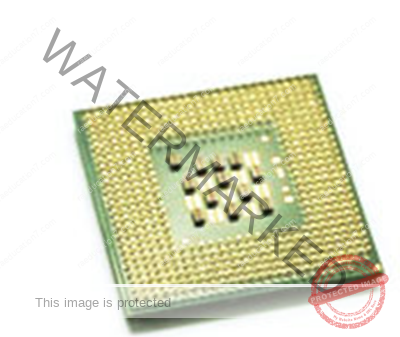
RAM – RANDOM ACCESS MEMORY
-
RAM is your system's short-term memory. Whenever your computer performs calculations, it temporarily stores the data in the RAM until it is needed.
-
This short-term memory disappears when the computer is turned off. If you're working on a document, spreadsheet, or other type of file, you'll need to save it to avoid losing it. When you save a file, the data is written to the hard drive, which acts as long-term storage.
-
RAM is measured in megabytes (MB) or gigabytes (GB). The more RAM you have, the more things your computer can do at the same time.
-
If you don't have enough RAM, you may notice that your computer is sluggish when you have several programs open. Because of this, many people add extra RAM to their computers to improve performance.
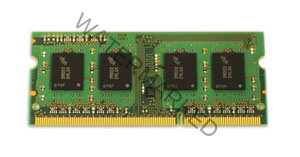
Hard Drive
-
The hard drive is where your software, documents, and other files are stored. The hard drive is long-term storage, which means the data is still saved even if you turn the computer off or unplug it.
-
When you run a program or open a file, the computer copies some of the data from the hard drive onto the RAM. When you save a file, the data is copied back to the hard drive.
-
The faster the hard drive, the faster your computer can start up and load programs.
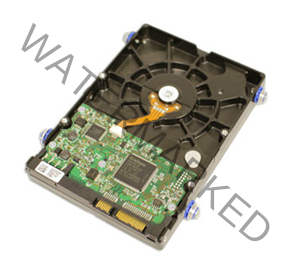
Power Supply Unit
The power supply unit in a computer converts the power from the wall outlet to the type of power needed by the computer. It sends power through cables to the motherboard and other components.

Video Card
-
The video card is responsible for what you see on the monitor. Most computers have a GPU (graphics processing unit) built into the motherboard instead of having a separate video card.
-
If you like playing graphics-intensive games, you can add a faster video card to one of the expansion slots to get better performance.
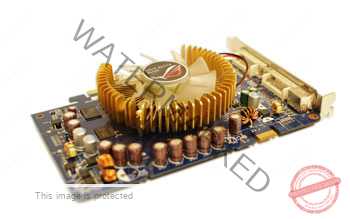
Sound Card
The sound card—also called an audio card—is responsible for what you hear in the speakers or headphones. Most motherboards have integrated sound, but you can upgrade to a dedicated sound card for higher-quality sound.
Network Card
-
The network card allows your computer to communicate over a network and access the Internet.
-
It can either connect with an Ethernet cable or through a wireless connection (often called Wi-Fi).
-
Many motherboards have built-in network connections, and a network card can also be added to an expansion slot.
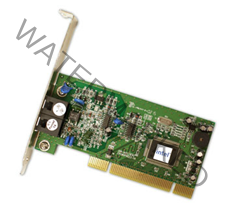
Lesson Intro Video
Back to Basics of Computer Grade 3 – Conceptualization for Beginners
